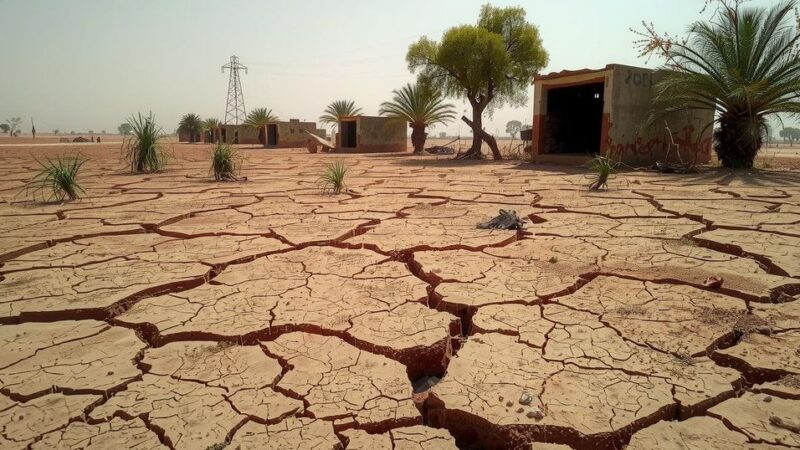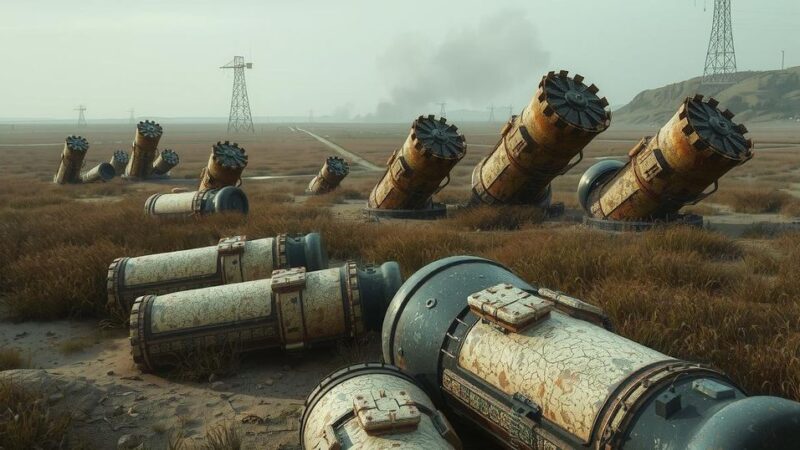On Sunday, President Trump warned Iran of severe consequences, including bombing, if a new nuclear deal is not reached. Iran rejected direct negotiations, opting for indirect discussions instead. The U.S. seeks to intensify economic pressure to deter Iran’s nuclear program, as noted by recent findings from the International Atomic Energy Agency regarding uranium production.
On Sunday, United States President Donald Trump issued a severe warning to Iran, threatening military action should the country fail to agree to a new nuclear deal. In a telephone interview with NBC News, Trump articulated, “If they don’t make a deal, there will be bombing. It will be bombing the likes of which they have never seen before.” This ultimatum comes in response to Iran’s refusal of direct negotiations with Washington, which Trump had proposed in a letter dated March 12.
Iranian President Masoud Pezeshkian confirmed the country’s rejection of direct talks, stating, “We responded to the US president’s letter via Oman and rejected the option of direct talks, but we are open to indirect negotiations.” The exchange highlights the increasing tensions between the two nations amid Trump’s aggressive stance.
The United States government aims to reinstate its “maximum pressure” strategy, designed to limit Iran’s nuclear pursuits and regional reach by imposing economic repercussions. This strategy has already destabilized Iran’s economy, shown by the decline of its currency, the rial. While Iran asserts that its nuclear program is dedicated to civilian applications, this claim is consistently challenged by the U.S., particularly following reports from the International Atomic Energy Agency indicating an escalation in Iran’s production of near weapons-grade uranium.
In summary, President Trump’s recent threats against Iran signal heightened tensions regarding nuclear negotiations. The U.S. administration’s strategy emphasizes military and economic pressures to deter Iran’s nuclear ambitions, while Iran expresses willingness for indirect discussions. This unfolding situation reflects ongoing complexities in U.S.-Iran relations, underscored by conflicting narratives around the nature of Iran’s nuclear program and economic stability.
Original Source: www.gzeromedia.com






